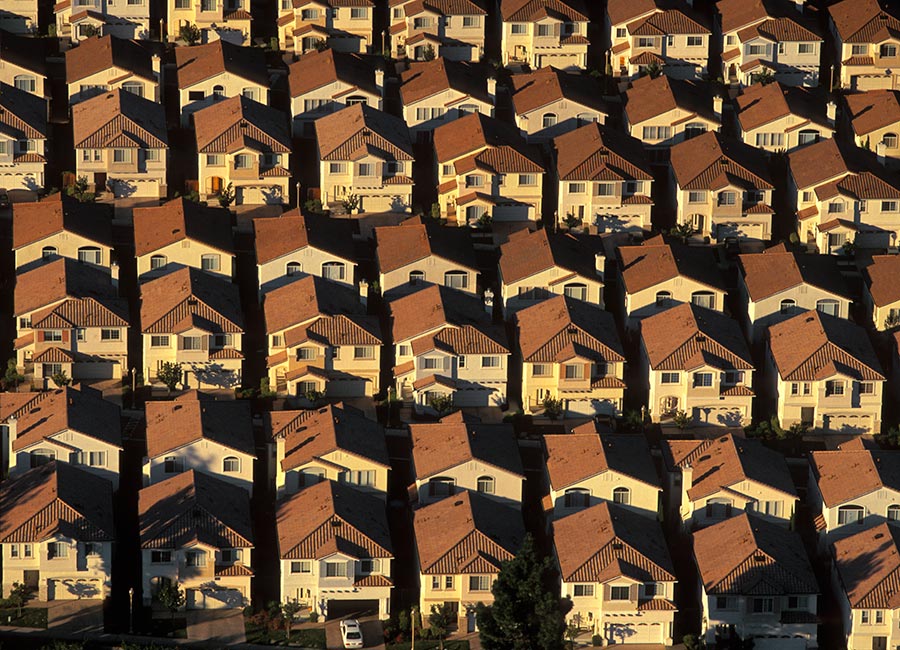Residential construction activity and supply of housing stock increased sharply in 2022, according to the latest GeoDirectory Residential Buildings Report.
The study of residential property data, prepared in association with EY, found that in the year to December 2022, 28,500 new residential address points were added to the GeoDirectory database, representing an increase of 58% on the corresponding period in 2021.
Over half (53%) of the new residential address points were located in the Greater Dublin Area of Dublin, Kildare, Meath and Wicklow.
The highest year-on-year increases in terms of new residential address points were recorded in Sligo, which was up 150% in twelve months, followed by Tipperary (+ 101%) and Louth (93%).
In addition, 22,000 residential buildings were under construction in December 2022, an increase of 12.9% year-on-year.
Of the residential buildings under construction in December 2022, almost one-in-five were located in Dublin. Construction activity was also strong in Kildare, which accounted for 13.9% of the overall total. Two-thirds of all residential buildings under construction were located in the Leinster region.
Residential construction activity was considerably lower in the Connacht and Ulster counties, accounting for 9.5% and 6.7% of the national total respectively.
Vacancy rates
The national average vacancy rate dropped 40 basis points to 4.0% in December 2022, the lowest figure recorded by GeoDirectory to date.
The highest residential vacancy rates were located in Leitrim (12.2%), Mayo (11.2%) and Roscommon (10.7%).
At 1.2%, Dublin recorded the lowest residential vacancy rate in the country in December 2022, with counties within the capital’s commuter belt all registering notably low vacancy rates, Kildare (1.3%), Louth (2.3%) and Meath (2.4%).
The GeoDirectory report also found that the number of derelict residential address points fell by 4.8% in the year to December 2022.
In total, there were 21,480 derelict units identified nationwide, with the highest proportion found in counties along the west coast, Mayo (13.5%), Donegal (11.9%) and Galway (8.7%).
The latest Central Statistics Office data relating to vacant dwellings relates to Q4 2021.
This data leverages off metered electricity connections. Where there is little or no electricity usage, the dwelling is counted as vacant.
On that basis, the vacancy rate for dwellings was 4.3% in Q4 2021. In Dublin, 2.3% of dwellings in Q4 2021 were vacant, compared with 5.1% in the rest of Ireland.
Nationally, vacancy rates have fallen from 4.9% at the start of the series in Q1 2016. In Dublin, there has been a small rise from 1.9% to 2.3% over this period.
According to CSO data, Leitrim was the Local Authority with the highest vacancy rate at 10.6% in Q4 2021, followed by Roscommon (9.5%) and Mayo (8.7%). The lowest vacancy rates were in South Dublin (1.4%), Fingal (1.9%) and Kildare (1.9%).
Average prices
Geodirectory research finds that the average residential property price increased by 9.5% to €352,080 in the year to October 2022.
The average cost of a residential property in Dublin was €526,900, while Longford was the county with the lowest average price (€163,000).
When Dublin is excluded from the study, the national average house price falls to €270,860.
A total of 47,720 residential properties were purchased across Ireland in the 12 months to October 2022, an increase of 3,600 transactions on the previous year.
Almost one-in-five of all residential property transactions in the state involved a new dwelling (18.2%), with the highest proportion of new dwellings were purchased in Kildare (43.5%), Meath (36.6%) and Wicklow (34.8%).
GeoDirectory CEO Dara Keogh commented: “The data shows that construction activity and supply of housing stock increased significantly in 2022, but it is still lagging well behind the current rate of demand.”
EY’s Annette Hughes noted that the residential vacancy rate highlights a national imbalance of low vacancy rates and high demand in Dublin and surrounding counties, contrasted by considerably higher vacancy rates in the west of the country.
“The report also highlights a growing affordability gap for rental properties in the country, with renters in our main cities paying well over 30% of their gross income per month in rent,” she added.
- Click here to download the GeoDirectory Residential Buildings Report








